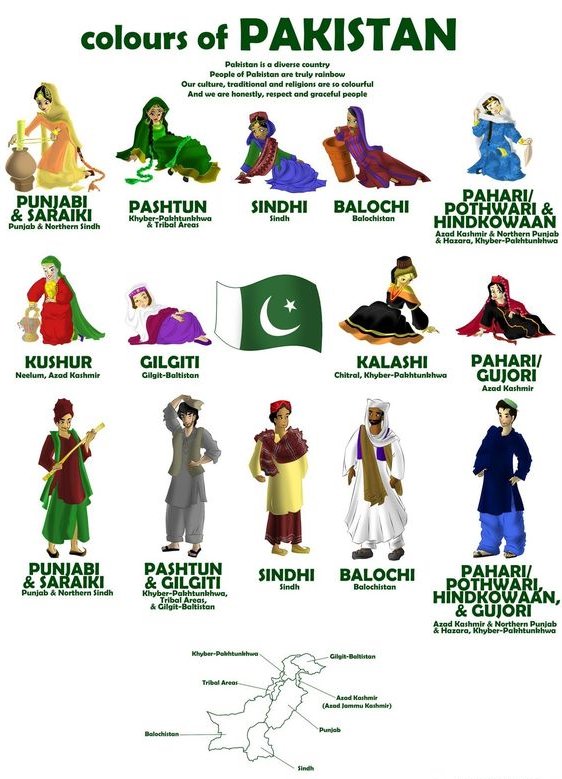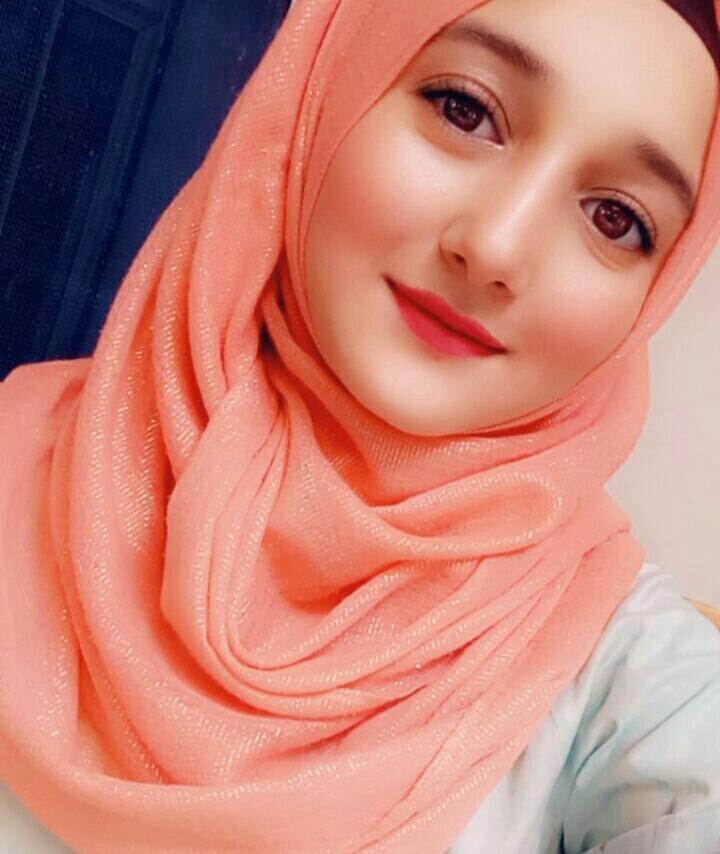The cultural and ethnic diversity across the four provinces of Pakistan makes this multi-ethnic country stand out. From Punjabis to Sindhis or from Pashtuns to Muhajirs, you will find it all within Pakistan. Pakistan is culturally, religiously, and ethnically a versatile land, and we will discover the true essence and beauty of these distinct cultures and their development through the ages below.

There is an extensive history of Pakistan’s land and how communities/ tribes from diverse backgrounds, with specific cultures and ethnicity, landed in Pakistan, creating a unified yet vicious web of cultures and traditions. Pakistan’s heritage culture reels back to the times of the Indus civilization, approximately five thousand years ago. Since then, the penetration of Islamic ideology has played a considerable role in shaping current Pakistan’s cultural dynamic. The cultural modifications in Pakistan were highly influenced by Arabic-Persian cultures and a few decades back by western cultures.
To date, numerous traditions, celebrations, food, and lifestyle has a hint of western and Indian cultures. Celebrations such as Holi (Hindu celebration), Christmas, and Thanksgiving (western celebrations) have become prevalent in Pakistan. The more we explore the culture of the west, the more we follow them.
Ethnicity
Accommodating more than fifteen major ethnic groups, Pakistan is a land of cultural and ethnic heterogeneity. The most notable communities include Punjabis, Sindhis, Pashtuns (Pathans), Balochi, Kashmiris, and Muhajirs (communities that migrated from India to Pakistan during the partition). The core communities for each ethnicity are primarily divided across provinces of Pakistan, i.e., Pashtuns are mainly concentrated in KPK (Khyber Pakhtunkhwa), Sindhis towards South, Punjabis towards East, and Balochis towards South-West. The intermixing of these several cultures, their traditions, and lifestyle are well-developed, and people are intrigued to learn about neighboring cultures within Pakistan.

Language
Although Pakistan’s national language is Urdu, you will discover people communicating in various languages. Pashto, Urdu, Punjabi, Saraiki, and many others. Not to forget, the use of the English language in daily life has increased. If one observes, children are taught to communicate in English when they go to school. The teaching medium in educational institutes is a mix of both English and Urdu.
One remarkable ability in Pakistan’s society households is using two or more languages in homes like Urdu and Punjabi, Balochi and Seraiki, Sindhi and Urdu. It shows the cultural assortment and acceptability of different ethnic groups in our lives. With this artistic growth, the gap between fluent spoken and written Urdu languages rises. It may be a sign of us adopting other cultures at the expense of compromising the command of our national language.
Family Structure
One of the critical features of Pakistani culture can be termed “Collectiveness.” Various communities, families, and associates are highly interlinked and interdependent on one another. Social, political, and professional connections and relations are given immense regard making Pakistan a socially complex society. These loyalties within communities go across generations. The nature of this collectiveness explains the family set-ups in Pakistan. Large, extended families have lived together under one roof for decades, and to date, many family set-ups follow the same tradition.
However, with rising independence and primarily the influence of the western culture, many households have been divided so that each house caters to one particular family. People are inclined towards separate, independent homes to relieve them of financial constraints, have privacy and have a greater focus on their children and upbringing.
Food and Dining Etiquettes
Food is what brings Pakistani families and communities closer. Few traditional Pakistani foods include biryani and karahi. Pakistan is a Muslim country; hence, only halal meat is consumed. Pork or alcohol is not used in meal preparations. Food preparation and cooking style utilizes a lot of spices, rich, vibrant colors, and mouthwatering aromas. Along with desi (traditional) foods, food from other countries and cultures such as Korean, Indian, and American are also consumed regularly and are found on food menus in restaurants within Pakistan.

Dining etiquettes have been a significant part of Pakistani culture and heritage when it comes to food. It has been the same for decades: the entire family sits together (preferably on the floor) and eats. While eating, discussions are generally based around routine life and some words of wisdom from the elders. However, the family dining experience and culture have somehow diminished in the present times. Each family member eats according to their convenience, and the spirit of a close-knit, productive dining table family discussion seems to be lost.
Clothing and Fashion
Each particular culture and ethnic group have its traditional clothing piece which portrays its identity. For instance, in Sindhis, Ajrak is a popular clothing item. However, these conventional clothing pieces are still utilized today but with a touch of modern fashion. The styling and accessorizing of clothes have been a key in cultural growth and development.
The use of jeans and t-shirts is more common than the use of shalwar kameez in daily life. Youth of the nation predominantly revolutionizes lifestyle, getting inspiration from international market and fashion trends and incorporating them into their cultural wear. However, we need to think: Is this exposure adding to the artistic growth or erasing the traces of actual ethnicity of various cultures in Pakistan?
Gender Roles
Traditionally, gender roles were very distinct. Females remained in the households and took care of domestic chores while men used to work and earn money. However, cultural growth has variegated the gender roles. Nowadays, females are working in all sectors of life, including medicine, engineering, aeronautics, and business. Higher female education is given priority across all cultures, contrary to the traditional norms that focus on male education only. Females are gaining financial independence and are encouraged by families. Early marriages have significantly reduced as the focus is shifted to education, employment, and freedom.
Multi-culturalist Pakistan is the new Pakistan. The array of cultures, traditions, and the way they have evolved along the ages is simply beautiful. Exposure to copious cultures is an essential tool for personal growth. It is what defines Pakistan.
Culture is the arts elevated to a set of beliefs.
~Thomas Wolfe
References:
Also Read: COAL-FIRED POWER PLANTS: THE GORILLAS OF CLIMATE CHANGE

Maira Masood is a BS Biosciences student at NUST, Pakistan. She aspires to be a geneticist and wants to play an active part in spreading scientific awareness through writings.

